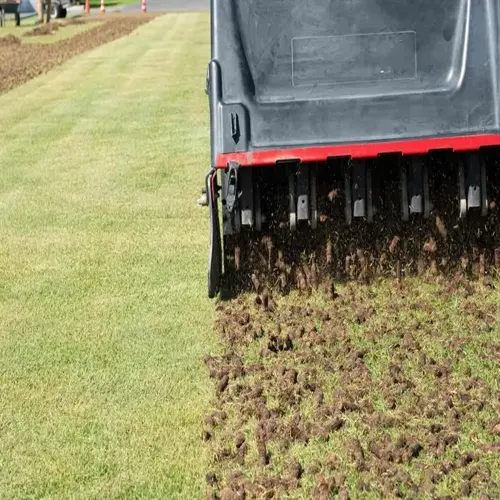Should you mulch around fruit trees?

Written by
Benjamin Miller
Reviewed by
Prof. Samuel Fitzgerald, Ph.D.Mulching around fruit trees provides critical advantages to orchard health. It retains moisture in the soil during dry weather while regulating root temperatures throughout the year. It naturally suppresses weeds and their competitive demand for nutrients in the soil. Organic material feeds the soil as it decays and regenerates. Your trees will offer you better growth and fruit production.
Trunk Protection
- Maintain 6 inch clearance around bark
- Prevents moisture related diseases
- Creates barrier against rodents
Depth Management
- Young trees: 2 inches depth
- Mature trees: 4 inches depth
- Adjust seasonally for temperature needs
Material Selection
- Use coarse wood chips for moisture
- Apply compost for nutrient enrichment
- Avoid dyed or chemically treated products
Implement proper techniques for maximum effectiveness. Create a donut-shaped coverage area around the drip lines. Water the soil before application to avoid hydrophobia, time applications around seasonal weather changes. Your trees respond quickly, visibly improving in health.
Take tree maturity into consideration when installing mulch. Young saplings require a thinner application of mulch to avoid suffocating their roots. Older trees need a deeper layer of mulch for insulation. Adjust for growth stage and seasonal needs to provide optimal support throughout the tree's life.
Track soil reactions following mulch application. Healthy soil should show increased earthworm activity in a matter of weeks. Compacted areas should be fluffed up to keep air movement in the soil. If you notice any mold, address it promptly. Your observations will help you make any necessary changes to achieve the best outcome.
Eliminate common mistakes such as volcano mulching or trunk contact, which cause issues with moisture retention and disease. Only use natural, undyed materials near edible trees. Correct techniques prevent all the problems while maximizing all benefits, effectively.
Sustainable local sourcing reduces environmental impact. Arborist wood chips offer cost-effective solutions. Community compost programs provide free materials. These approaches support orchard health while minimizing carbon footprint.
Read the full article: Mulching Fruit Trees: Ultimate Guide

